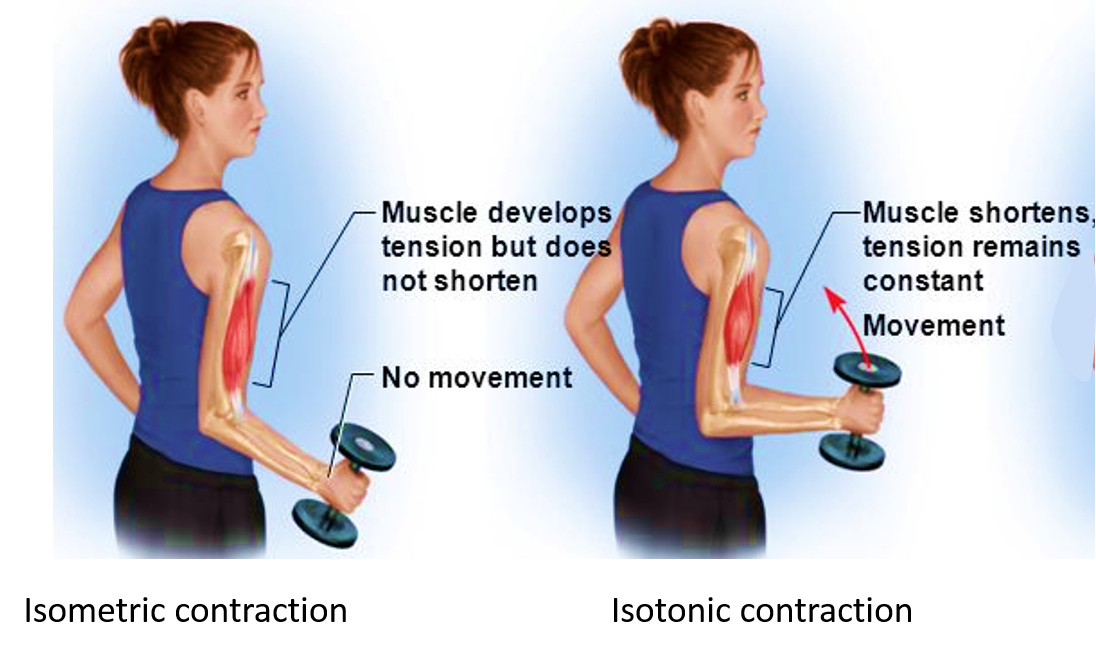Classify Skeletal Muscles According to Their Action.
Skeletal muscles are classified on the basis of action as follows:
a. Prime movers
Muscles that are responsible for the initiation and maintenance of the desired movement are called prime movers. e.g. brachialis is the prime mover for flexion of elbow joint.
b. Antagonist
Muscles that opposes the action of prime mover. e.g. triceps which extends the elbow joint is antagonistic to the brachialis which is responsible for flexion of elbow joint. They help the prime mover by active relaxation to perform smooth action.
c. Fixators
They stabilize the proximal attachment of a muscle or joint so that the muscle can act more efficiently at the distal joint (it acts to eliminate the unwanted movement of prime mover’s origin). e.g. muscles attaching shoulder girdle to trunk contract as fixators to allow deltoid muscle to perform abduction at shoulder joint.
d. Synergists
They are special fixator muscles. Muscles that help in the action of prime movers (when prime mover is a long muscle and crosses more than one joint) by preventing the undesired movements at the intermediate joints. e.g. during flexion of fingers by the long flexors of digits, the wrist joint is fixed and extended by the extensors which act as synergist to the flexors (flexion of fingers is efficient when the wrist is fixed and extended).
What are the Different Types of Contractions ?
a. Isometric contraction
The muscle contracts and exerts force without alteration in the length or without any movement. e.g. flexors of the forearm trying to lift weight that is too heavy.
b. Isotonic contraction
The muscle contracts and shortens to produce movement. e.g. flexors of the forearm contract to lift a glass of water.


It is best for medical student who are interested to learn anatomy.
So good 👍